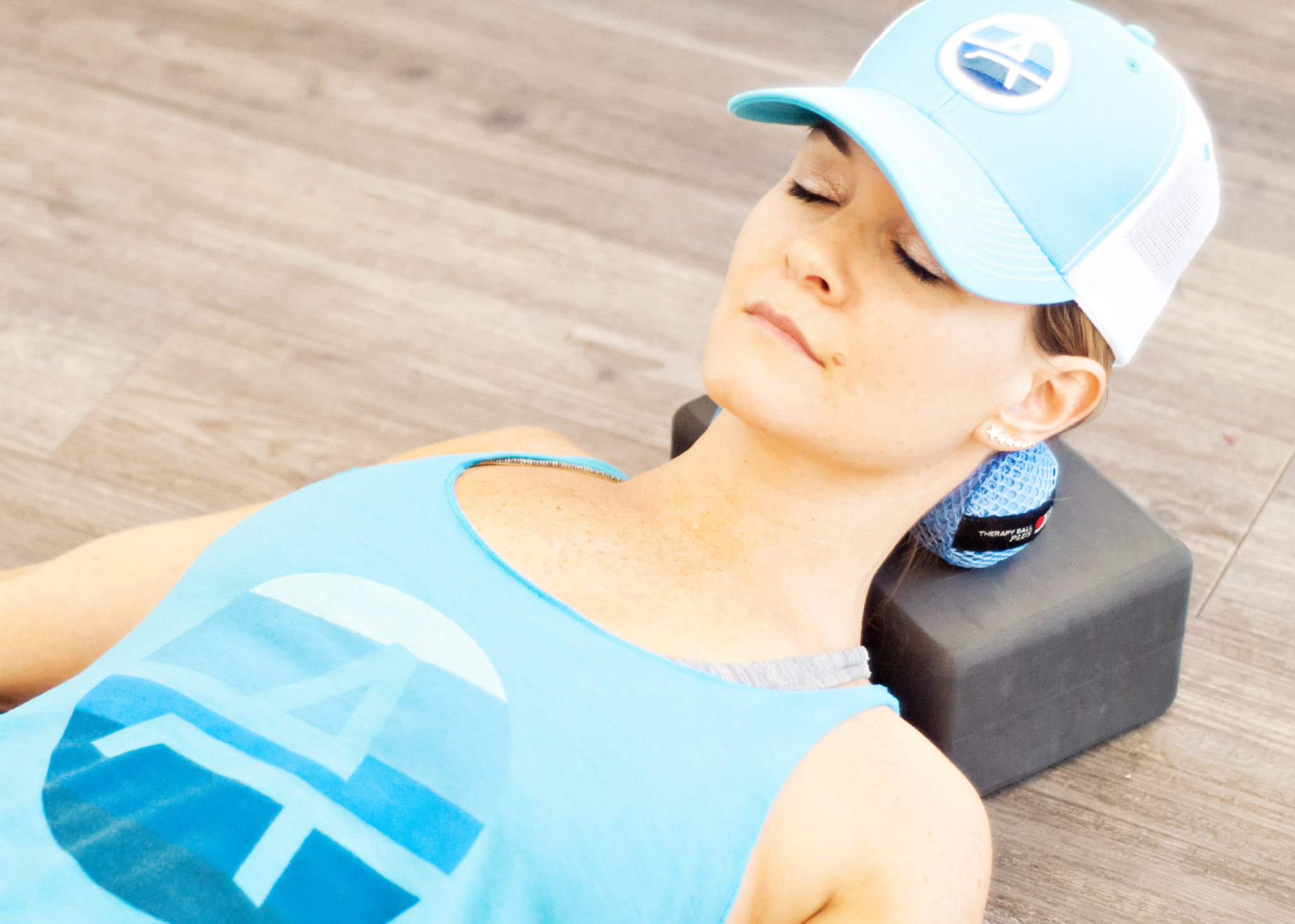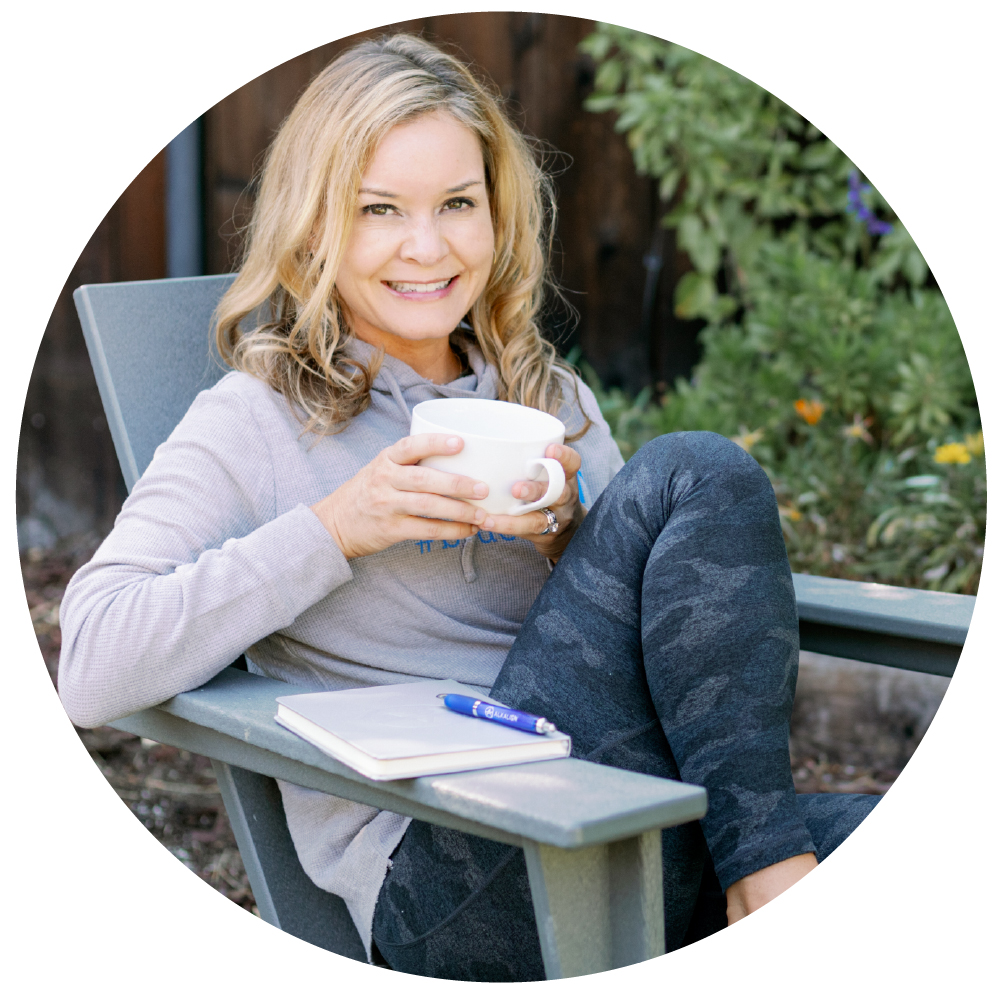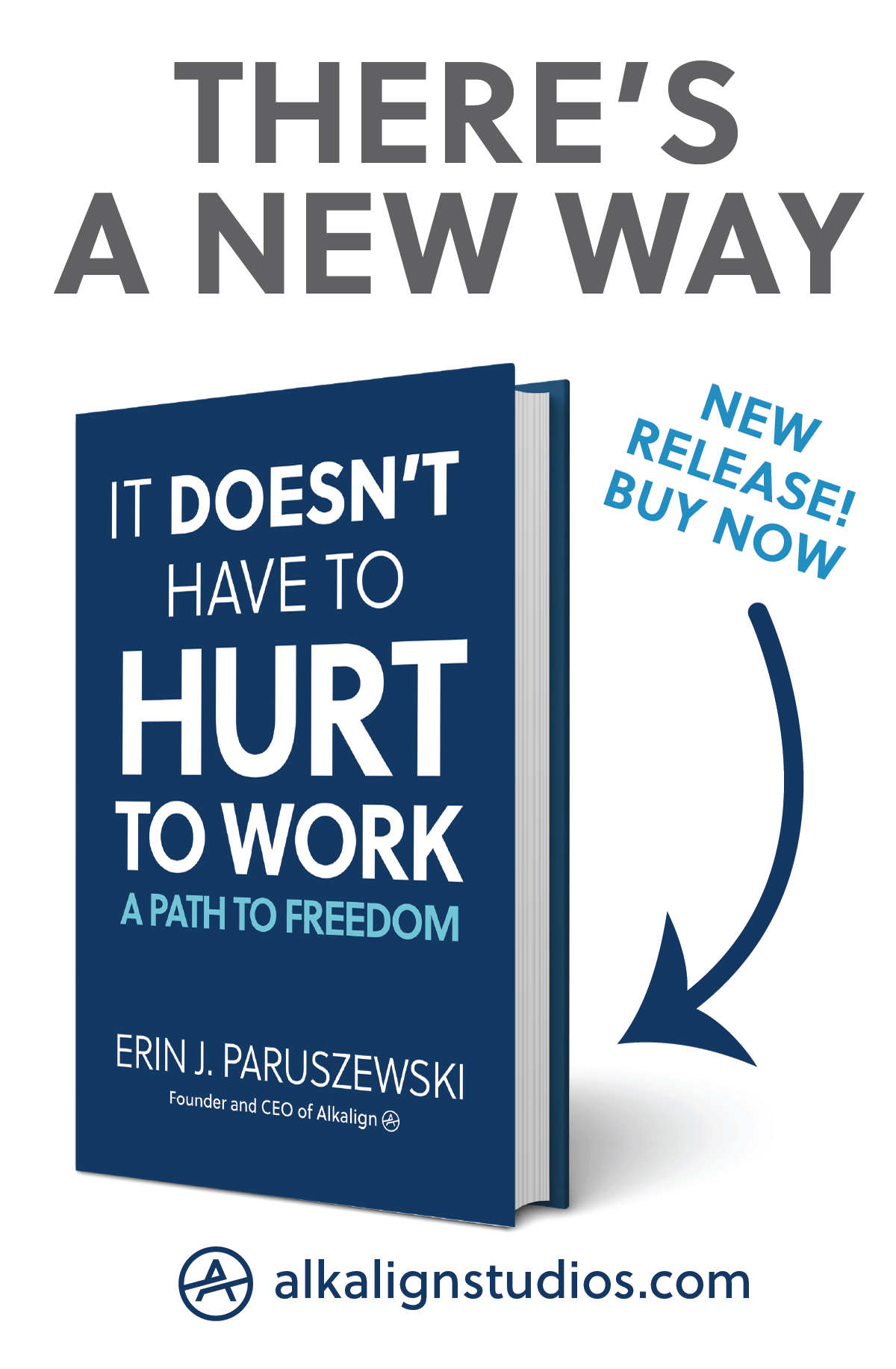Originally published in the Los Altos Town Crier on March 21, 2023
Does the idea of slowing down to smell the roses, sip your coffee or, heaven forbid, meditate make you feel uncomfortable? That twitchy, anxious feeling you get when someone suggests you slow down to stretch at the end of your workout or lay in complete stillness during savasana is a phenomenon called ‘relaxation induced anxiety’, or RIA.
Typically in a relaxed phase, your heart rate slows, your blood pressure lowers and your breathing becomes slower and deeper. Your mind becomes quieter, almost drifty. However, if you suffer from RIA, the complete opposite occurs. The body and blood stream becomes flooded with stress hormones such as adrenaline and cortisol, leading to both physiological and psychological symptoms of anxiety. The effect can be as minor as a slight unsettled “nervous” feeling, to chest tightening, sweating, a racing heart or an overactive mind. In other words, the very things that are supposed to make you feel better actually make you feel worse.
This happens because human beings, especially in our modern age of always being connected via devices, have been conditioned to feel guilty when ‘relaxing’ because there is an expectation that every part of our day is “supposed to” be filled with something ‘productive’. Staying ‘busy’ is a coping mechanism for those who suffer from anxiety and the idea of being less productive results in more anxiety. Similarly, if you have a strong need for control, you associate relaxing with loss of control, which leads to more anxiety. Per Newton’s first law, a ball in motion stays in motion. And those with RIA fear that a ball that’s not in motion will fall apart.
If this sounds like you, know that you are not alone. According to a 2012 study, RIA is estimated to impact between 17-53% of the population. While RIA is not an official diagnosis, it is something that has been talked about in medical literature since the 1980s and is on the rise, especially with the pervasiveness of technology in daily lives and the feeling like we always have to be “on” and reachable.
I too suffered from this condition for years but had no idea what it was or why I had such a difficult time unwinding. I assumed I was just too “busy” or “type A” to relax. To be honest, I wore my inability to downregulate as a badge of honor. At the time, it allowed me to work 100+ hours per week in investment banking and train for marathons in my non-work time. I burned the midnight oil and told people “I’d sleep when I was dead”. Looking back, this was a coping mechanism and sadly, one that was rewarded by a society that celebrates productively and shames self-care.
Like anything, once you can name it, there is a greater chance you can tame it. And if you suffer from RIA, learning to tame it is a good idea for both your short and long-term physical and mental health. Your body needs time to rest, digest and reset. Being in a constant state of fight or flight is exhausting and leads to burnout. This can present itself in the form of physical exhaustion, illness, disease or emotional breakdown. For some this shows up as hormone disruption, digestive issues, headaches, fertility issues or chronic pain. For others it is a tax on mental health.
If you want to “tame it”, here are a few things you can try.
- Be Present. Just taking the time to read this article and reflect is the first step. Sometimes the awareness of the relationship between relaxation and anxiety is enough to break the pattern.
- Be Patient. The worst thing someone with RIA can do is force relaxation. Rather than resulting in down-regulation, it will do the opposite. Give yourself grace and space to work on this over time. Be flexible and try different things. It’s unlikely that one approach will universally work for everyone or work every day.
- Breathe. Breath is a gateway between your brain and your body and is a major tool for inducing relaxation. But breathing mindfully doesn’t mean you have to sit in stillness. You can focus on slowing your breathing throughout the day, which will slowly condition you to slow your heart rate and get more comfortable with being in a relaxed state. My favorite times to focus on breath are while at a red light, while falling asleep at night or while checking my email.
- Move, Slowly. Sitting criss-cross applesauce on a meditation pillow with your eyes closed and your mind calm doesn’t work for everyone and it may never work for you. At the same time, running, cycling or lifting as much or as fast as you can to burn off nervous energy may not be the answer either, as it may accentuate the anxiety. Try keeping the ball in motion but slowing that motion. This is a good compromise for your brain and your body. Crawl before you walk. Or in this case, walk before your crawl.
- Roll. I’ve never been one for savasana or mediation, until recently. And ironically I had to work even harder to train my brain and body to relax than I trained it to run a marathon. My on-ramp to fully embracing relaxation came in the form of rolling. Inspired by the work of Jill Miller, founder of The Roll Model, I use both her signature massage balls and rolling techniques to slow down and unwind. The somatic experience of rolling combined with the inherently slower pace of self-massage is a double win. It gives your brain and body something active and productive to focus on, and at the same time, forces your body and breath to slow down. I like to think of rolling as a moving meditation. Alkalign offers a rolling class called Recharge on Sunday mornings. We welcome you to join us.



